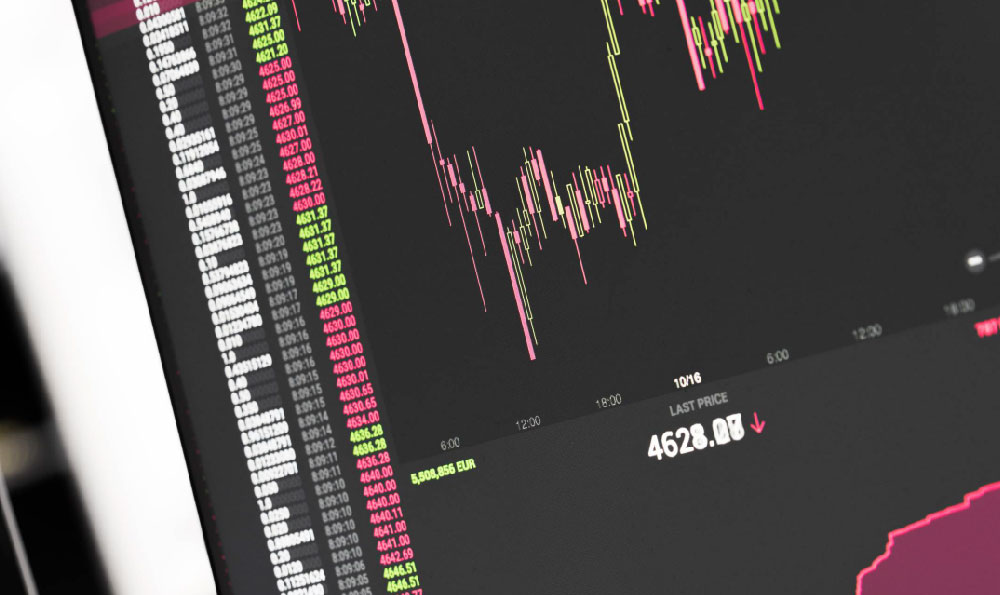Investing in a laundromat might seem like a mundane endeavor, conjuring images of folding clothes and collecting coins. However, behind the whirring machines and the scent of detergent lies a potentially lucrative business with significant profit potential. The question isn't simply "How much can a laundromat earn?" but rather "What are the key factors influencing a laundromat's profitability and how can I maximize my return on investment?"
Understanding the revenue streams is crucial. The primary income source is, of course, the use of washing machines and dryers. The pricing structure, based on machine size and cycle length, directly impacts this revenue. A careful assessment of the local market is essential to determine competitive pricing while ensuring profitability. Overpricing can deter customers, while underpricing can leave money on the table. Vending machines offering detergent, fabric softener, and dryer sheets represent a supplementary income stream. These small purchases, while individually insignificant, can collectively contribute a substantial amount to the overall revenue. Additionally, some laundromats offer services like wash-and-fold, ironing, or even dry cleaning, significantly expanding their revenue potential and attracting a broader customer base. These value-added services, though requiring additional labor and equipment, often command higher prices and contribute to higher profit margins.
The location of the laundromat is paramount to its success. A laundromat situated in a densely populated area with a high proportion of renters, particularly those in apartment buildings without in-unit laundry facilities, is likely to generate higher revenue. Proximity to public transportation, ample parking, and visibility from the street are all important factors. Competition is another critical consideration. The presence of multiple laundromats in the same area can dilute the customer base and negatively impact profitability. A thorough market analysis should be conducted to assess the competitive landscape and identify potential opportunities. A niche laundromat catering to a specific clientele, such as a laundromat with oversized machines for comforters and blankets or a laundromat focusing on eco-friendly practices, can differentiate itself from the competition and attract a loyal customer base.

Expenses are a significant determinant of a laundromat's profitability. Rent or mortgage payments are typically a substantial fixed cost. Negotiating favorable lease terms is crucial to minimizing this expense. Utility costs, particularly water, electricity, and gas, can also be significant. Investing in energy-efficient equipment, such as high-efficiency washing machines and LED lighting, can help reduce these costs. Maintenance and repair expenses are inevitable. Regular maintenance is essential to prevent costly breakdowns and ensure the longevity of the equipment. Establishing a proactive maintenance schedule and budgeting for repairs are crucial for maintaining profitability. Labor costs depend on the size and scope of the operation. A self-service laundromat with minimal staffing will have lower labor costs than a laundromat offering wash-and-fold services. Carefully managing staffing levels and optimizing employee efficiency are important for controlling labor costs. Insurance, licenses, and permits are other essential expenses that must be factored into the overall cost structure.
Beyond the core operational aspects, several strategies can be employed to enhance a laundromat's profitability. Implementing a loyalty program can incentivize repeat business and build customer loyalty. Offering discounts or promotions during off-peak hours can help attract customers and maximize machine utilization. Accepting multiple payment options, including credit cards, debit cards, and mobile payments, can make the laundromat more convenient for customers and increase revenue. Investing in technology, such as a mobile app that allows customers to check machine availability and pay remotely, can enhance the customer experience and attract a tech-savvy clientele. Creating a clean, safe, and welcoming environment is essential for attracting and retaining customers. Investing in comfortable seating, good lighting, and a reliable Wi-Fi connection can enhance the customer experience and make the laundromat a more appealing place to spend time. Regular cleaning and maintenance are crucial for maintaining a positive image and preventing equipment breakdowns.
Calculating the profit potential of a laundromat requires a thorough understanding of its revenue and expenses. A detailed financial model should be developed, projecting revenue based on machine utilization rates, pricing strategies, and ancillary income streams. Expenses should be carefully estimated, including rent, utilities, maintenance, labor, insurance, and other operating costs. The difference between total revenue and total expenses represents the laundromat's profit. It's important to consider both gross profit (revenue minus the cost of goods sold) and net profit (revenue minus all expenses).
The earning potential of a laundromat can vary widely, ranging from a few thousand dollars per month to tens of thousands of dollars per month. The factors influencing profitability, such as location, competition, pricing, expenses, and management practices, play a crucial role in determining the actual earnings. A well-managed laundromat in a prime location with competitive pricing and efficient operations has the potential to generate a substantial income.
In conclusion, while the exact earning potential of a laundromat is dependent on a multitude of variables, understanding the interplay of revenue streams, expense management, and strategic operational decisions is key to unlocking its profit potential. By diligently analyzing market conditions, optimizing operational efficiency, and providing a positive customer experience, investors can transform a seemingly simple laundromat into a thriving and lucrative business. It's not just about the whirring machines, it's about understanding the business and making smart decisions to maximize returns. The profit potential is there for those willing to invest the time and effort to cultivate it.












